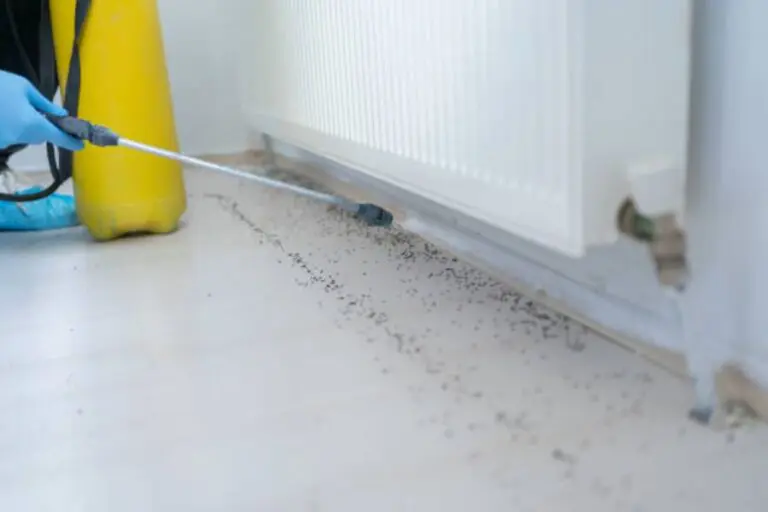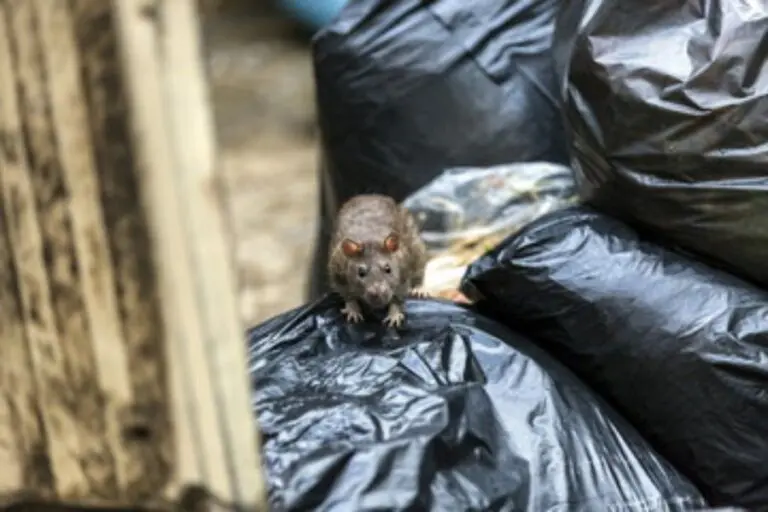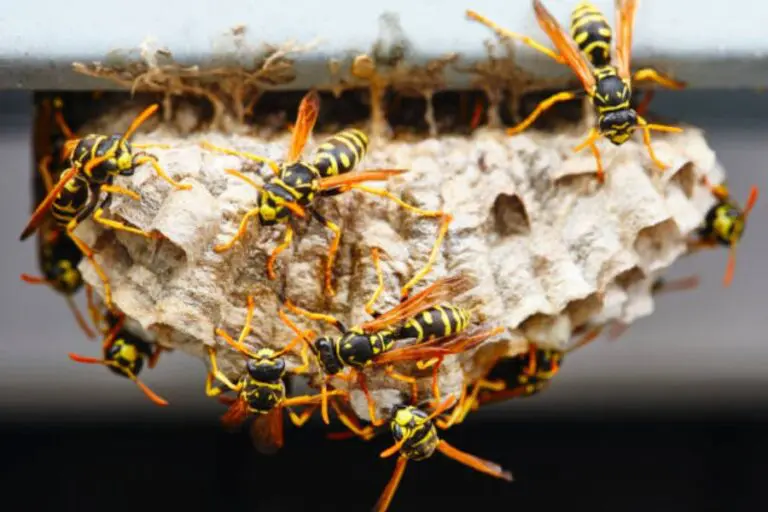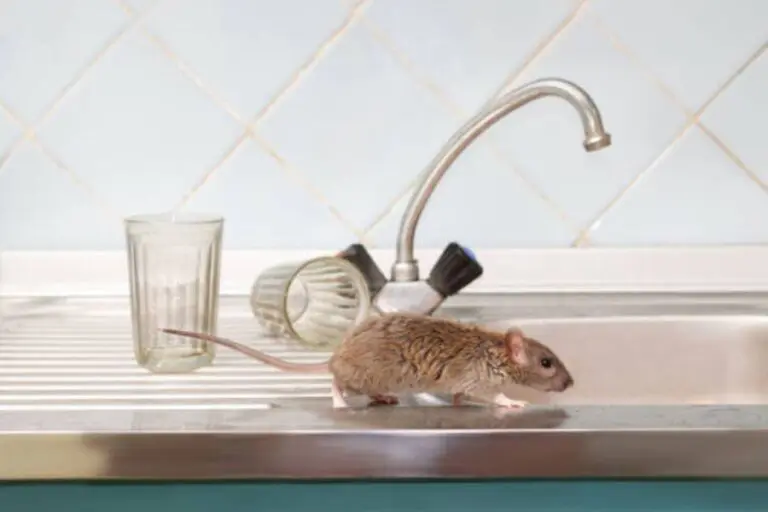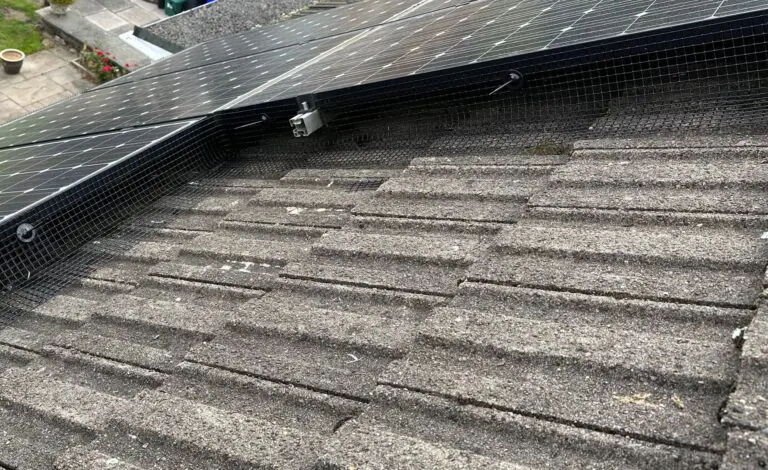Understanding Wasps, Bumble Bees, Honey Bees, and Hornets: Key Differences, Ecological Importance, and Safe Management Solutions
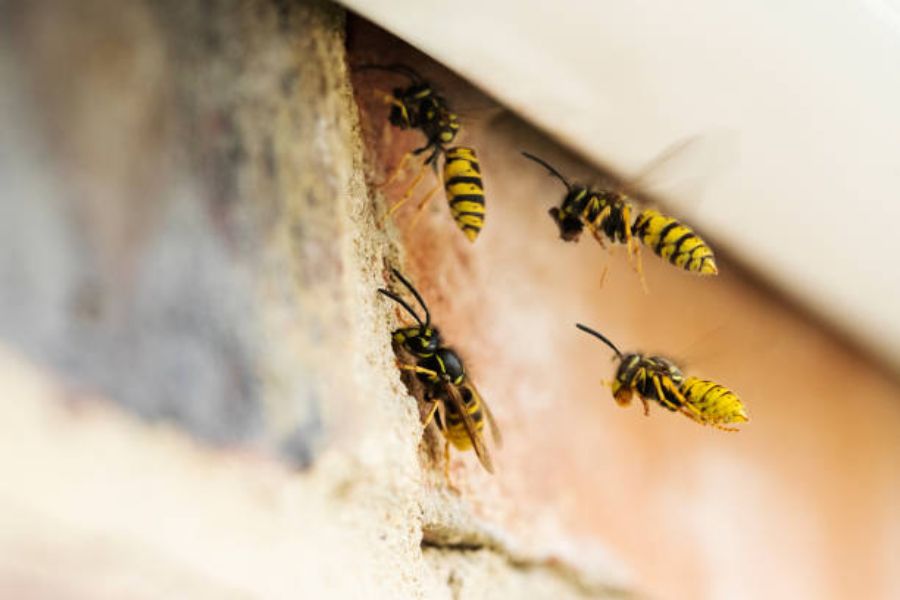
When it comes to stinging insects, not all are created equal, especially when it comes to honey bees, a species invaluable to our ecosystem and food production. Often mistaken for other stinging insects such as wasps, bumble bees, and hornets, honey bees require a careful and considerate approach if they establish a hive near homes or businesses. This guide will provide detailed insights into the essential differences between these insects, their unique roles in nature, and the best ways to manage or remove their nests safely. With a focus on honey bees, we’ll explore their appearance, behaviour, lifecycles, and how to handle infestations while safeguarding these vital pollinators.
Physical Differences Between Honey Bees and Other Stinging Insects
Honey bees are distinct in appearance, and it is essential to identify them from other stinging insects, especially when choosing the appropriate response to their presence.
Honey Bees
Honey bees, with their small, slender bodies and slightly hairy appearance, are distinct from other stinging insects. Their unique colouring, a mix of black and amber or golden stripes, gives them a delicate look compared to their larger and furrier cousins, the bumble bees. This distinct appearance is crucial in correctly identifying them; this guide will help you do just that.
Bumble Bees
Larger, rounder, and furrier than honey bees, bumble bees appear “plusher” due to the dense layer of hair that covers their bodies. This extra fur helps with pollination, allowing them to pick up more pollen. Bumble bees are mainly black with some yellow markings, and their legs dangle as they fly. Queen bumble bees are about 2 to 2.2 centimetres, while workers measure between 1.1 and 1.7 centimetres.
Wasps
Wasps have a distinct, wasp-waisted look, with bold yellow and black striping on their sleek, almost hairless bodies. Wasps also have longer legs, often visible even in flight, which makes them easy to differentiate from bees. The queens of the most common wasp species measure around 2 centimetres, with workers slightly smaller.
Hornets
Hornets are a type of wasp that is generally larger than most wasps. They’re distinguishable by their dark brown or black bodies and a yellow or amber stripe across part of their abdomen. Hornets, especially the Asian hornet, have yellow-tipped legs and can grow up to 3.5 centimetres, making them the most extensive social wasp in the UK.
Diet and Feeding Habits of Honey Bees, Wasps, Bumble Bees, and Hornets
Honey Bees
Honey bees’ diet revolves around nectar and pollen. They are particularly attracted to flowers and adept at locating food sources high in sugars. Additionally, honey bees collect nectar, which they store in their hives to create honey, serving as a vital food source during colder months. They also store pollen, a protein-rich food essential for larvae growth in the hive. Occasionally, honey bees are drawn to sugary substances like soda or fruit juices.
Bumble Bees
Bumble bees are herbivorous, feeding mainly on pollen and nectar. Their dense hair makes them efficient pollinators as they forage across various flowers and plants. They are less likely to be found around human food or sugary liquids than wasps but will eagerly gather nectar from many flowering plants.
Wasps
Wasps are omnivores. While they consume nectar and sugary foods, they are also predatory, feeding on other insects. This makes them beneficial to the environment as they help control pest populations. However, their attraction to human food, especially sweet beverages and fruits, often brings them into conflict with people.
Hornets
Hornets, similar to wasps, are omnivorous and feed on other insects like spiders, flies, and honey bees. A single hornet can consume dozens of honey bees daily, making them a natural predator of bees and a potential threat to local honey bee populations. Hornets may also feed on sap and fallen fruit occasionally.
Understanding the Lifecycle and Nesting Habits of Honey Bees
Honey Bee Lifecycle
Honey bees are unique because their colonies can survive through winter, unlike many other insect colonies that die off with the cold. During winter, honeybees form a tight cluster around their queen to keep her warm and protect the hive’s resources. When temperatures rise in spring, the queen resumes egg-laying, laying up to 1,000 eggs daily in peak season. Honey bee worker bees live approximately six to seven weeks, and drone honey bees (males) live between a few weeks to a few months. However, honey bee queens can live anywhere from two to four years.
Honey Bee Nesting Habits
Honey bee nests, or hives, are typically made of wax, which the bees produce from glands on their abdomens. They form intricate honeycomb structures in secure locations, like hollow trees, wall cavities, and occasionally human-made structures. Honey bees will continue expanding their hive throughout the summer as their population grows.
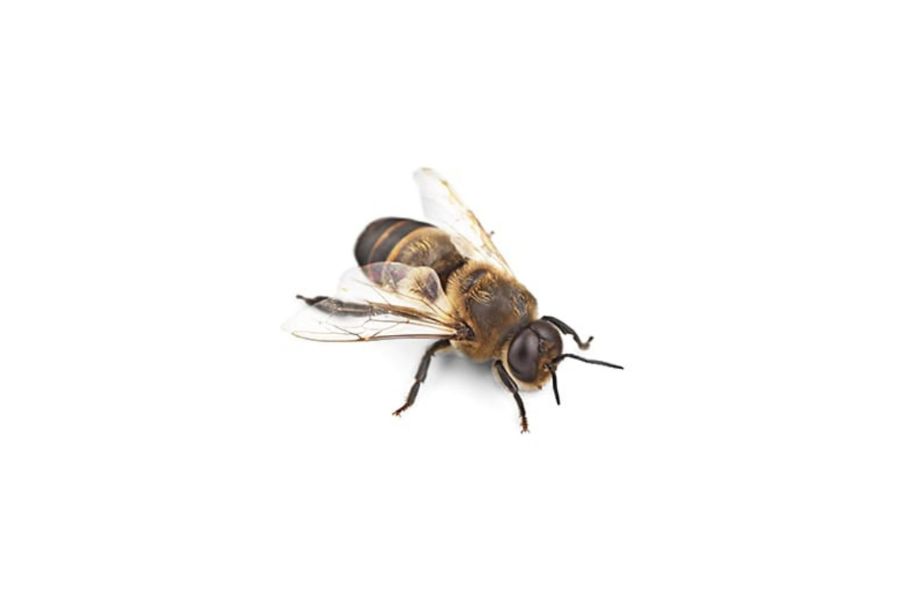
The Critical Role of Honey Bees in Our Ecosystem
Honey bees are not just insects but essential pollinators that play a crucial role in our ecosystem. Their activity fertilises many plants that comprise human and animal food sources. Their role in pollination supports biodiversity, which is critical for maintaining balanced ecosystems. Understanding and appreciating their role can help us better protect and preserve these vital creatures.
Beyond pollination, honey bees also produce honey, an invaluable product beekeepers harvest. Not only is honey consumed by humans, but it also contains nutrients and antioxidants. Honey bees’ presence boosts crop yields and contributes significantly to food security.
Safe and Effective Ways to Manage Honey Bees and Other Insect Nests
Honey Bees
When managing honey bee nests, it’s crucial to remember their critical role in the environment. Whenever possible, these nests should be preserved. However, when a honey bee hive poses a risk to humans, especially near entrances or high-traffic areas, it’s best to contact professionals specialising in honey bee relocation. This responsible approach ensures the safety of both humans and bees, and it’s a testament to our care and respect for these vital pollinators.
Bumble Bees
Bumble bee nests are typically small and located in the ground or sheltered areas. They do not pose a significant threat unless they are disturbed. If a bumble bee nest is inconvenient, it is advisable to contact a pest control expert for guidance on safely relocating or preserving the colony.
Wasps and Hornets
Wasps and hornets are often more aggressive than bees, especially if their nests are threatened. Wasps commonly nest in wall cavities, lofts, and even underground. Large, active nests should be dealt with by professionals who can safely fumigate and remove them. Unlike honey bees, which rarely return to old nest sites, wasps and hornets may reuse popular nesting areas if not removed.
Knowing When to Call Professional Pest Control Services
Pest control services are invaluable, especially when dealing with potentially dangerous insects like wasps or hornets. Here’s when professional help is needed:
Identifying the Insect: If it’s challenging to determine if the insects on your property are honey bees, wasps, or hornets, professionals can accurately identify them and recommend a course of action.
Honey Bee Removal: Honey bee removal requires specific skills and should be handled by experts who can relocate them without harming the hive.
Large, Active Wasp or Hornet Nests: Large nests, especially in high-traffic or residential areas, should be handled by pest control experts to minimise the risk of stings and ensure the nest is removed safely.
Eco-Friendly Solutions: For those who prefer non-toxic or environmentally friendly options, pest control services offer effective, eco-friendly alternatives to handle infestations responsibly.
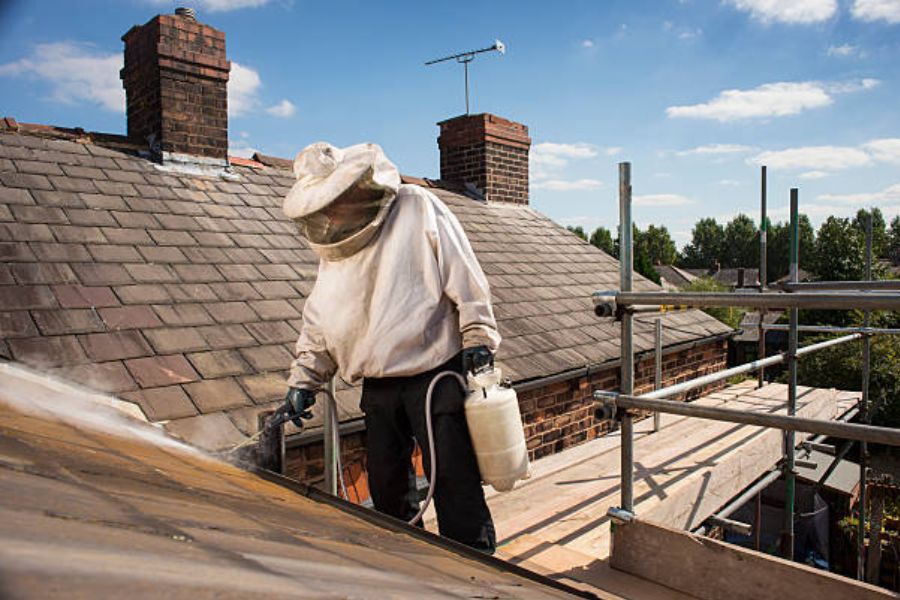
Preventive Measures to Protect Against Infestations
Seal Potential Entry Points
Inspect and seal any cracks, gaps, or holes in the building’s walls, windows, and other parts where honey bees or insects could enter.
Keep Outdoor Food Covered
Since wasps and honey bees are attracted to sugary foods, covering food items during outdoor gatherings will reduce the likelihood of attracting these insects.
Maintain Regular Property Inspections
Regularly inspect outdoor areas like attics, wall cavities, and sheds for early signs of nesting. If you identify a developing nest, it is often easier to manage before it grows.
Avoid Strong Scents
Sweet fragrances attract bees and wasps, so keep perfume or scented items away from entrances or areas where insects may enter.
Outdoor Lighting and Fly Screens
Cluster flies, and other flying insects are attracted to bright lights. Using outdoor lighting sparingly and installing screens on doors and windows can help keep insects from entering your home.
Recognising the importance and role of honey bees, bumble bees, wasps, and hornets in our ecosystem helps us appreciate the need to manage these insects with care and knowledge. Honey bees are among the most crucial species for our environment and food supply, and their presence should be preserved whenever possible. Bumble bees are valuable pollinators, while wasps and hornets control pest populations.
If you encounter an insect nest on your property, take time to identify the species and consult a professional if you are unsure. Honey bee nests especially require careful handling to protect these vital pollinators. Using appropriate identification, understanding their behaviours, and contacting professionals when necessary, we can coexist with these fascinating creatures while safeguarding our homes and businesses.
